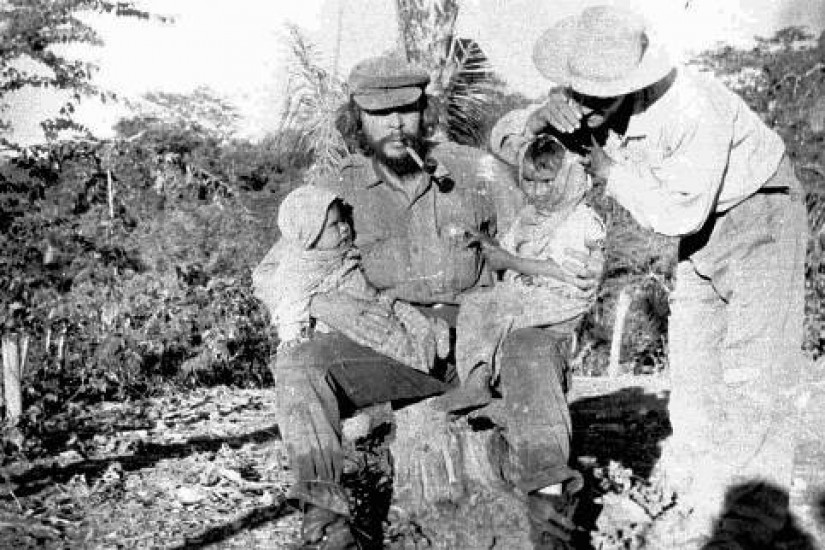For years, the Central Intelligence Agency had been tracking the activities of the Argentinean-born revolutionary who served as Fidel Castro’s guerrilla lieutenant, economic czar, and international agent provocateur. In the spring of 1964, CIA lost the scent. They speculated that Che Guevara was dead. The White House did not learn that he might still be alive until April 1967, when Bolivia’s president, René Barrientos, wrote directly to President Johnson requesting urgent military assistance. Barrientos was facing a guerrilla uprising by both Cubans and Bolivians led by the legendary El Che.
Why Bolivia? Guevara had grown weary of his leadership role in socializing Cuba’s economy and having to explain why production had declined drastically. At the same time, his diplomatic role involved justifying Cuba’s deviation from the doctrines of its chief benefactors in Moscow. Fidel and Che aided revolutionary insurgencies abroad at a time that Soviet leaders carried on policies of “peaceful coexistence” with the West.
Ideologically, Guevara had more in common with Chairman Mao Zedong than Leonid Brezhnev. Yet on his final trip to Beijing, Mao refused to meet with Che. Other Chinese officials accused him of “revisionism” for accepting aid from the Soviets. Guevara decided to retire from politics and economics and devote himself to what he knew best – guerrilla warfare.
Che Guevara had always fancied himself as Latin America’s chief guerrilla strategist. He suggested that the lessons of the Cuban Revolution could be replayed elsewhere in Latin America. Guerrilla movements were still active in Central American and in Colombia and Venezuela. His idea was to spread thin the forces of imperialism, to “create two, three Vietnams,” as Guevara wrote in his famous message to the Tricontinental Conference. Che, then 38 years old, wanted to ignite the revolution in Southern South America while he still had the stamina he had under Fidel’s orders nine years earlier.
In the eastern foothills of Bolivia, Che assembled a fighting force of about fifty men, divided between thirty Bolivians and the rest Cubans and other foreigners. Remarkably, neither the CIA nor Latin American customs officials had picked up any indication of the movement of men and arms into the heart of South America. Guevara had planned that Paraguayans, Peruvians, and Brazilians would join his group and gain sufficient skills to begin guerrilla uprisings in their own countries. Eventually, Che wanted to return to his native Argentina with a band of his own paisanos. It was not to be.
